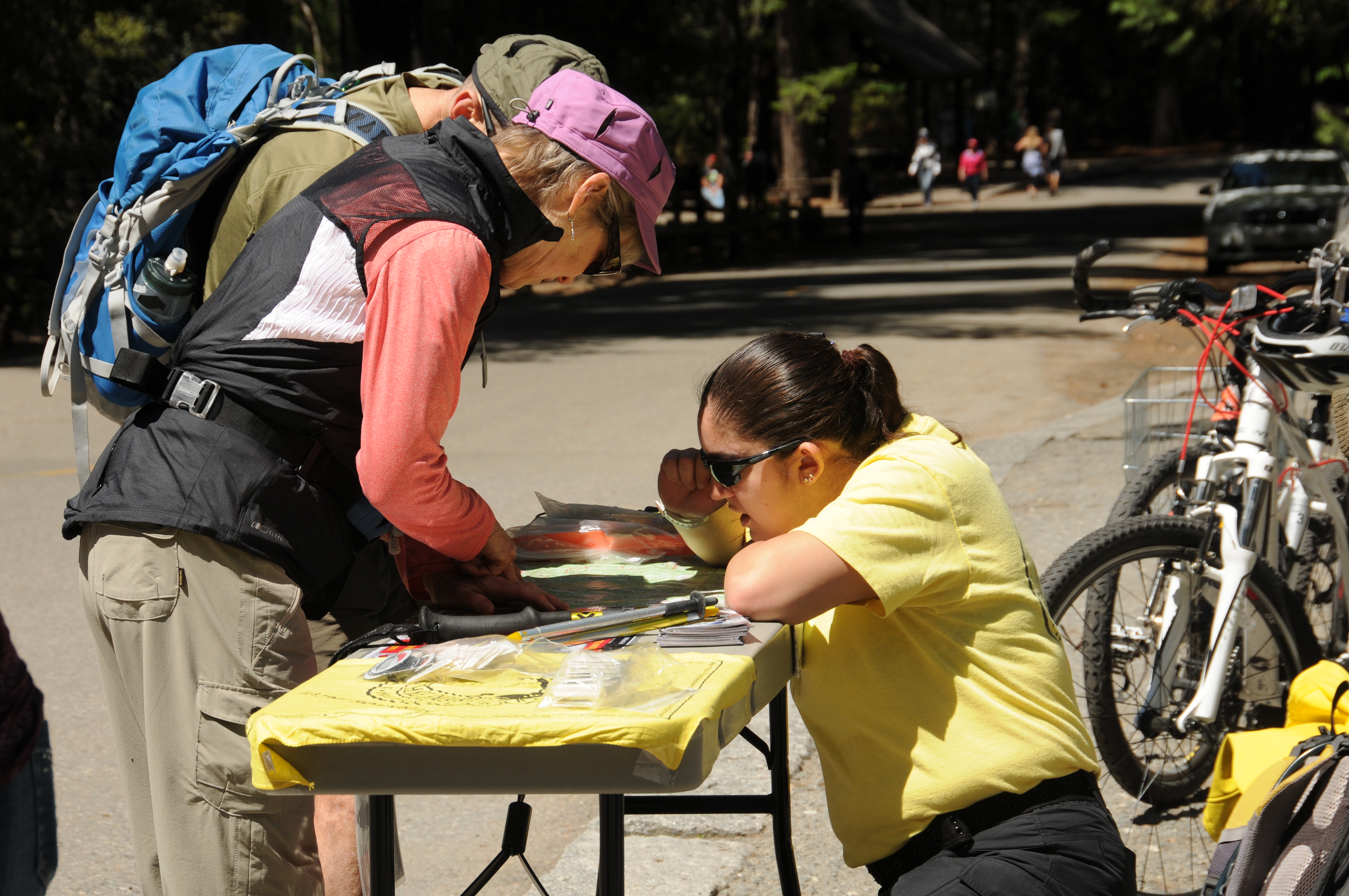Each year in Yosemite, rangers and volunteers complete 200–250 emergency response missions in the park. Camp Four, a popular gathering place for the park’s rock-climbers, provides a home base for many of these skilled Search and Rescue (SAR) volunteers. Over time, many of the canvas tent cabins that house the SAR crew began to show signs of wear and tear, the result of more than a decade of continual use with little to no repair work. With support from Conservancy donors, the park is replacing worn tents with new structures that comply with National Park Service standards and ensure the health and safety of Yosemite’s SAR volunteers. Two tent cabins were replaced in 2015, and another two were replaced in 2016.
Alongside emergency response missions, prevention plays a huge role in Yosemite’s search and rescue efforts. The park’s Preventive Search and Rescue (PSAR) program aims to reduce visitor accident, injury and fatality rates in Yosemite by at least 20 percent by 2020. Visitor education is a crucial part of that effort. Yosemite’s trained PSAR volunteers talk with visitors one-on-one and deliver presentations about staying safe in the park. The program also uses signs and audio messages to inform visitors about specific hazards, such as slippery surfaces near waterfalls or seasonal dangers on trails.
By supporting the expansion of Yosemite’s PSAR efforts, Conservancy donors are funding a program with proven potential to improve visitor safety in the park. Within months of the PSAR volunteer program launch in 2013, for example, visitor injuries declined by 45 percent on the Mist Trail, the location with the highest frequency of injuries in the park. In 2015, with support from Conservancy donors, PSAR volunteers had direct contact with approximately 21,000 visitors, educating people on hazards and risky behaviors to help prevent accidents.

